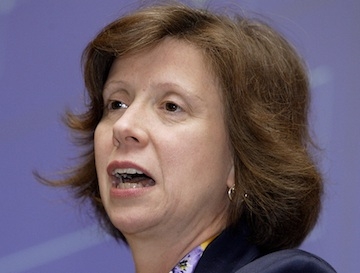
The IMA has welcome the requirement for UCITS funds to provide a Key Investor Information Document (KIID) to investors as of yesterday (1 July), replacing the Simplified Prospectus.
The KIID is a standardised two-page document which provides potential investors with key information about funds:
· The objectives and investment policy
· Risk and reward
· Charges
· Past performance
· Other practical information
The document is free of jargon and complex descriptions, enabling investors to make clear and fair comparisons between different funds and make informed investment decisions.
The KIID uses a new term - the ongoing charge - for the TER (Total Expense Ratio). The costs included in the ongoing charge figure are the same as in the TER, but the improved term makes it clear to investors that it covers charges that are applied on an ongoing basis, such as the annual management charge (AMC). It does not incorporate transaction costs or any performance fee, which will be disclosed separately by the fund manager.
Julie Patterson, IMA Director of Authorised Funds and Tax, said:
"IMA advocates straightforward and meaningful information for consumers. The KIID provides a consistent and clear way of providing information for all UCITS in an easy to understand format, which allows investors to make like-for-like comparisons of different funds.
"We also welcome the use of the term ongoing charge instead of total expense ratio as it better describes what the figure represents – charges that are recurring.
"One of the recommendations we have made in our recent draft guidance on fund charges and costs is that the ongoing charge figure should be disclosed instead of the AMC, or where the AMC is disclosed the ongoing charge should be given equal prominence."
The IMA issued its guidance for enhanced disclosure of fund charges and costs to members for consultation last week.

